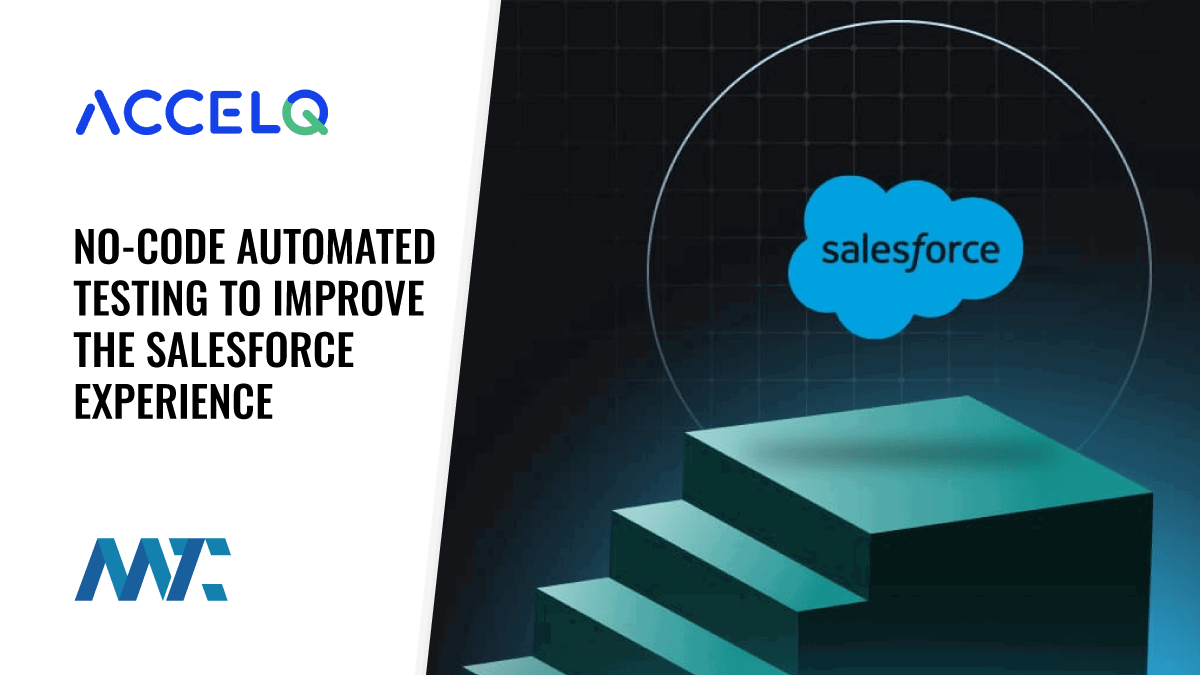A comprehensive approach to managing the entire lifecycle of a software application, from initial planning and development to deployment and maintenance. ALM provides a framework for coordinating various aspects of software development, including requirements management, software design, coding, testing, and release management. Key components of ALM typically include:
- Requirements Management: Capturing, organizing, and tracking software requirements throughout development.
- Software Design and Architecture: Planning and documenting the structure and components of the software.
- Development: The actual coding and implementation of the software features.
- Testing and Quality Assurance (QA): Ensuring the software meets quality standards and functions as intended through various testing methodologies.
- Deployment: The process of releasing the software to production environments.
- Maintenance and Support: Ongoing updates, bug fixes, and support for the software after its initial release.
- Project Management (PM): Overseeing the development process, including resource allocation, scheduling, and progress tracking.
- Collaboration: Facilitating communication and information sharing among team members and stakeholders.
ALM tools often integrate with other software development tools and platforms to provide a unified view of the application’s lifecycle. This integration helps teams to:
- Improve traceability between requirements, code changes, and test results
- Enhance collaboration among different roles in the development process
- Increase visibility into project status and potential issues
- Streamline workflows and automate repetitive tasks
- Ensure compliance with industry standards and regulations
By implementing ALM practices and tools, organizations can improve the efficiency of their software development processes, reduce the time to market, and maintain higher quality standards throughout the application lifecycle. ALM is particularly valuable in complex, enterprise-level software development environments where multiple teams and stakeholders are involved in the development process.
